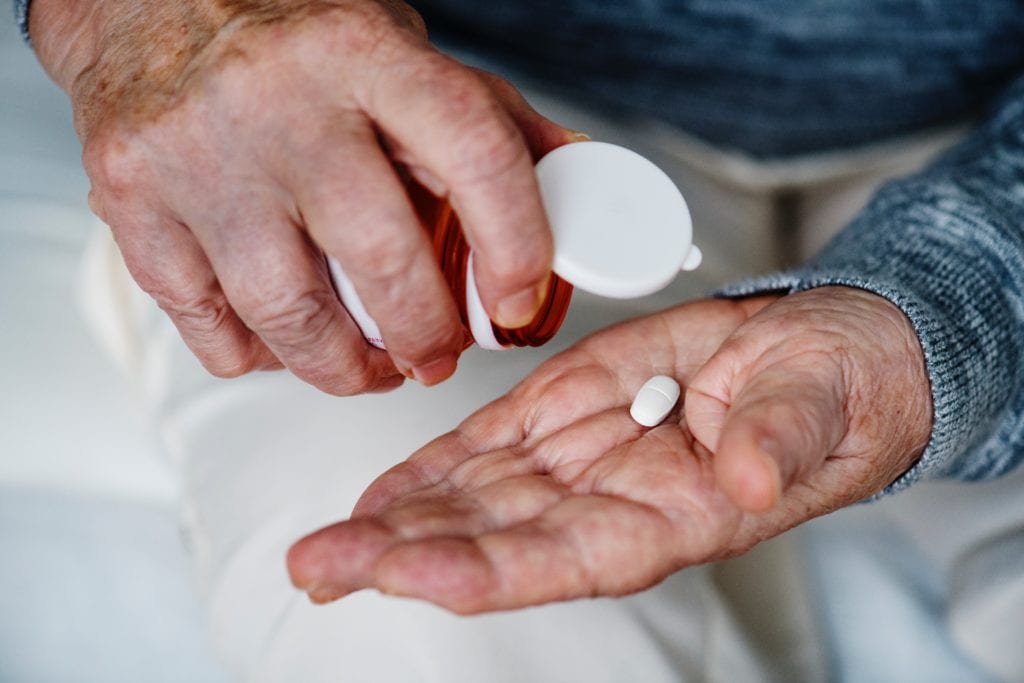Vivitrol is the pharmaceutical brand name for the injectable and oral form of naltrexone. Vivitrol is used to help treat opioid abuse disorder and alcohol use disorder. Naltrexone, the main ingredient in Vivitrol is an opioid antagonist, meaning that it blocks the opioid receptors in the brain. This will cause the individuals to experience opioid withdrawals if opioids are present in the bloodstream. Naltrexone helps with opioid treatment by decreasing the reinforcing reward of continued use of heroin and prescription painkillers. It helps in the reduction of opioid cravings as well.
Vivitrol in substance abuse treatment is extremely effective in conjunction with psychotherapy and support groups. Although naltrexone is available in different forms, injectable Vivitrol is attractive because a nurse or physician in a medical clinic administers it once a month. The oral form of naltrexone can be administered once daily.
Criteria for Vivitrol administration
The active ingredient in Vivitrol is an opioid antagonist and will induce opioid withdrawals if opioids are in the bloodstream. As a result, the individual must be opioid-free for at least 7-10 days before Vivitrol can be administered. A urine drug test is, therefore required. The individuals also must not be in current opioid withdrawals. If an individual is currently enrolled in a methadone treatment program or has been taking Suboxone for their opioid use disorder, they must discontinue these treatments for at least 15 days before they can be started on Vivitrol.
Pros and cons of Vivitrol in substance abuse treatment
- Pro: Vivitrol is known to decrease the relapse rates in individuals who are addicted to opioids
- Pro: Vivitrol decreases opioid cravings
- Pro: Does not require a drug taper and can be stopped at any time with no risk of opioid withdrawal
- Pro: The injection form of Vivitrol is long-acting and does not require regular monitoring
- Convenient treatment tool
- Con: Must be opioid-free for ten days before initiating Vivitrol
- Con: Expensive
- Con: Cannot immediately take Vivitrol if taking Suboxone or methadone.
Signs and symptoms of opioid abuse
Individuals can become addicted to opioid painkillers after undergoing surgery or experiencing acute pain. Prescription pill addiction can turn into illegal street drugs such as heroin. Prescription pill abuse and/or heroin abuse can destroy many aspects of an individual’s life and can be life-threatening. Opioid overdose can occur at any time. The following are signs and symptoms associated with opioid abuse:
- Mood swings
- Poor hygiene
- Financial hardship due to drug use
- Poor concentration
- A decline in work or school performance
- Loss of interest in activities
- Relationship conflicts
- Difficulty sleeping
- Trouble with the law
- High-risk decision-making
- Social isolation
- Spending a lot of time trying to get high
- Spending a lot of time thinking about opioids
- Going to extreme lengths to obtain opioids
- Tolerance
- Withdrawal symptoms in the absence of opioids
Vivitrol and psychotherapy
Medication-assisted treatment (MAT) including Vivitrol, is known to decrease relapse rates and help ease the detoxification stage of treatment. MAT is not to be used alone, but it is best used in conjunction with psychotherapy. Psychotherapy approaches for opioid addiction treatment include Cognitive Behavioral Therapy, Dialectal Behavioral Therapy, and Interpersonal Therapy. These therapy approaches work to uncover any underlying triggers that are associated with opioid abuse. These approaches also work to help the individual develop positive coping skills and healthy interpersonal skills in order to overcome future triggers. Community support groups are also important so the individual can develop a strong support system, as recovery is a long-term and sometimes a lifelong journey.
Kristen Fuller, M.D., is a clinical content writer and enjoys writing about evidence-based topics in the cutting-edge world of mental health and addiction medicine. She is a family medicine physician and author, who also teaches and contributes to medicine board education. Her passion lies within educating the public on preventable diseases including mental health disorders and the stigma associated with them. She is also an outdoor activist and spends most of her free time empowering other women to get outside into the backcountry.
